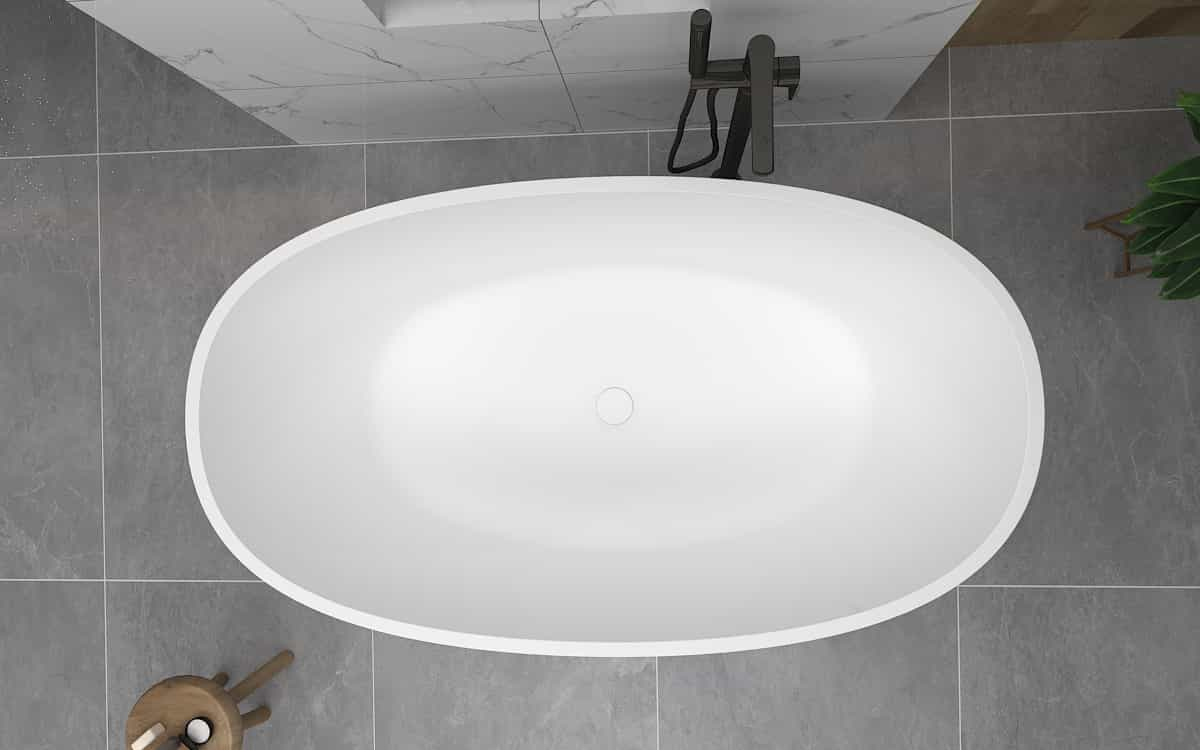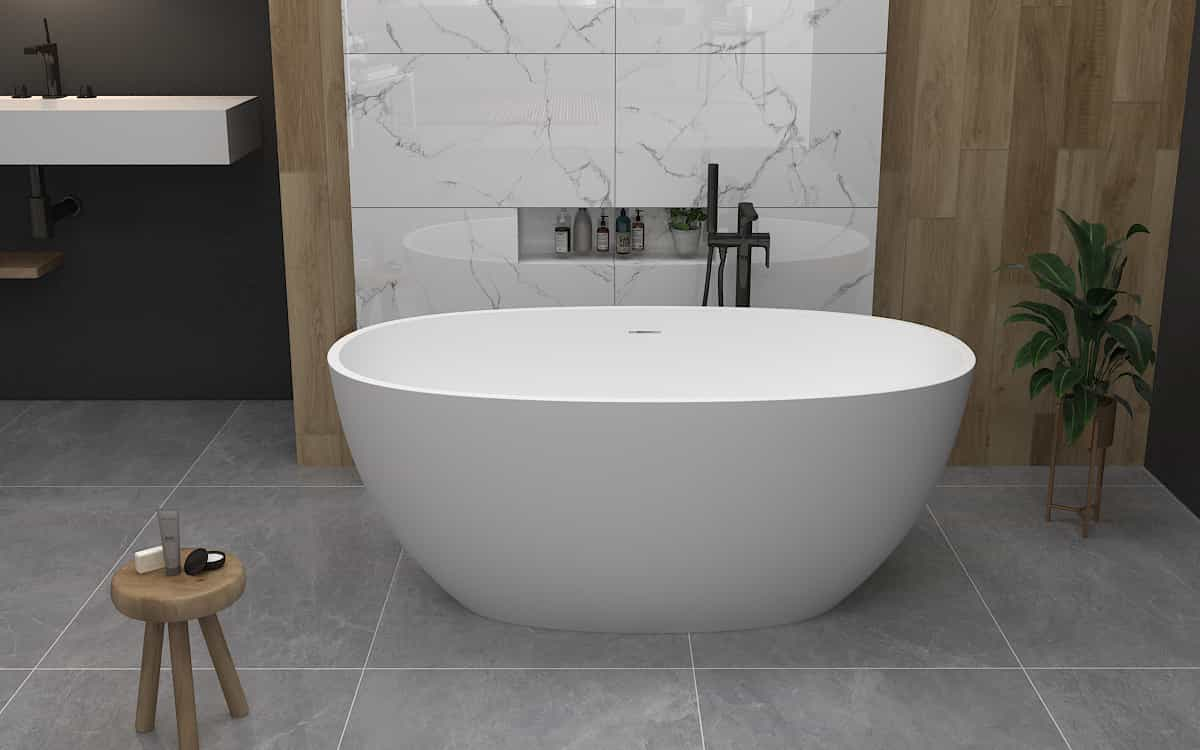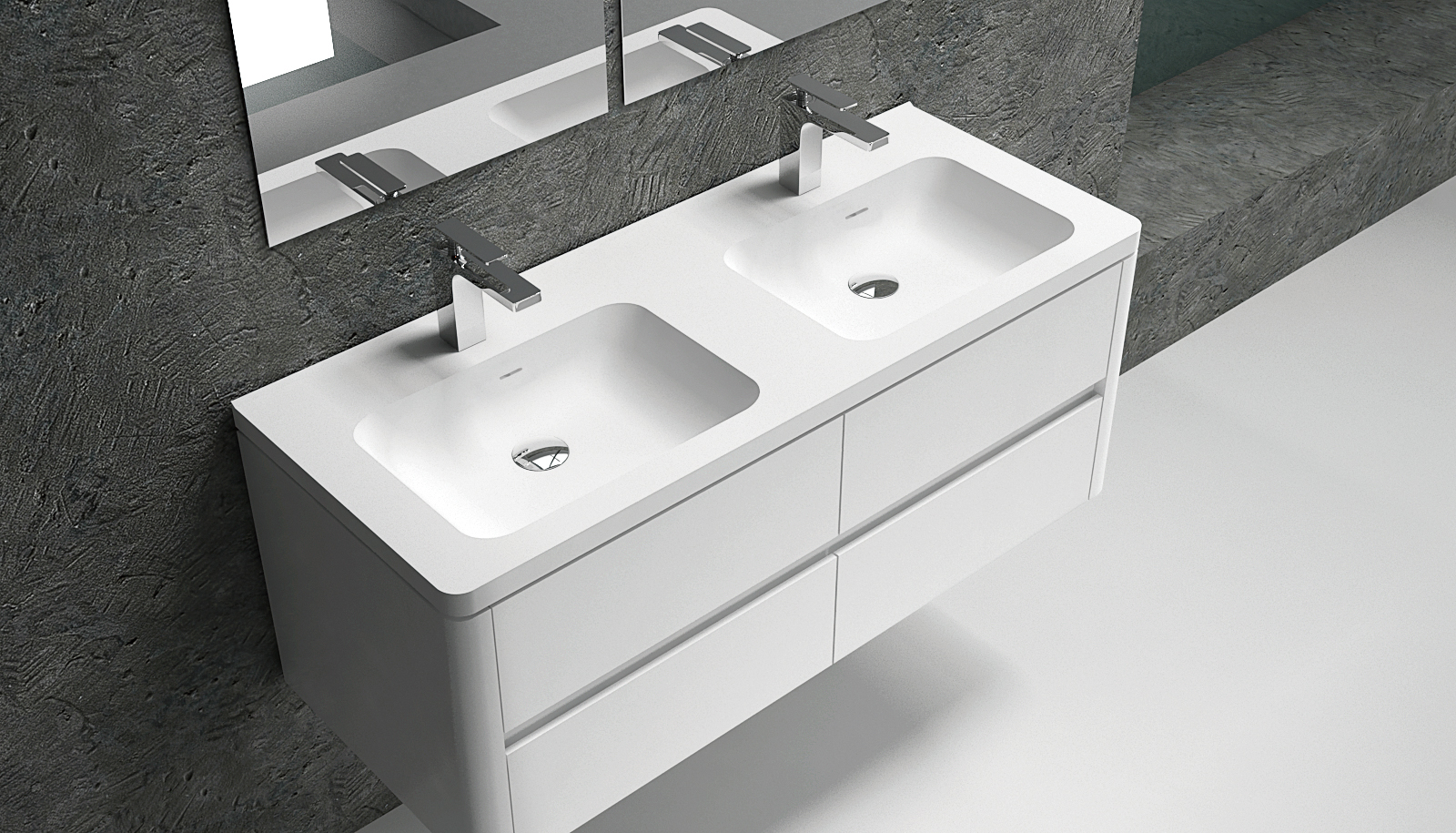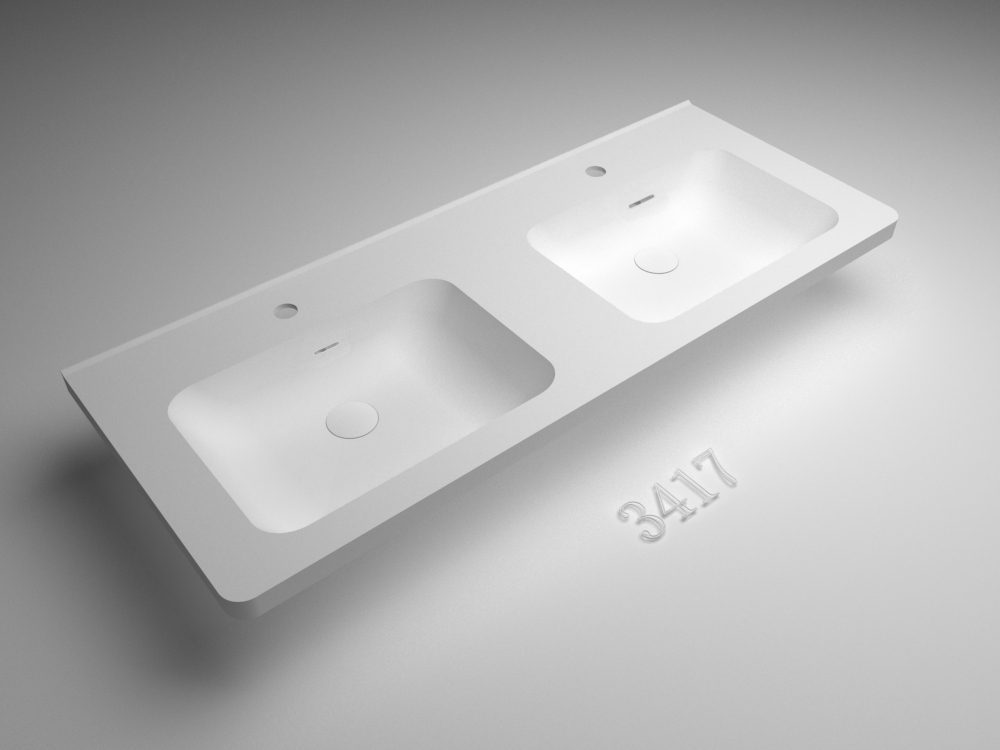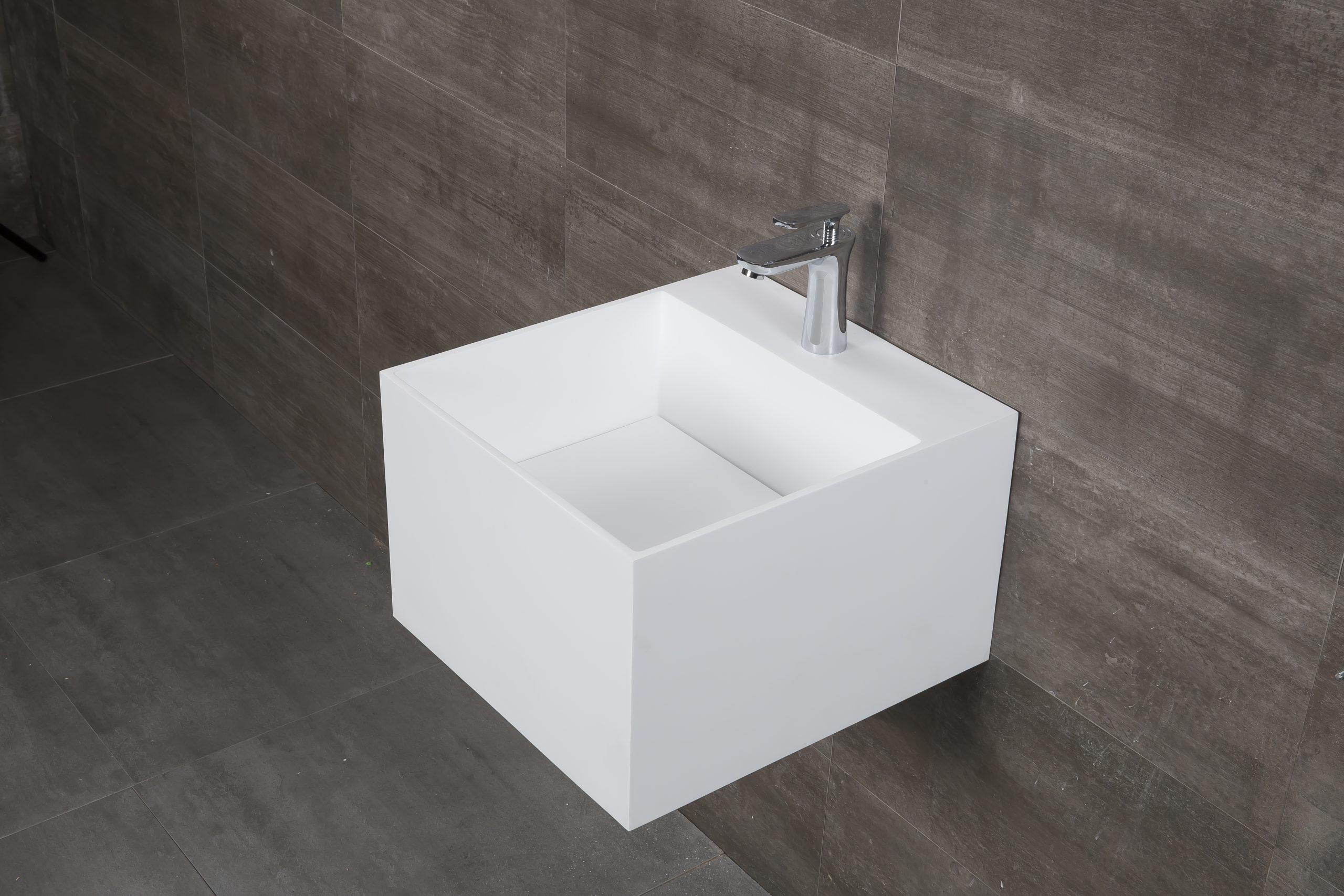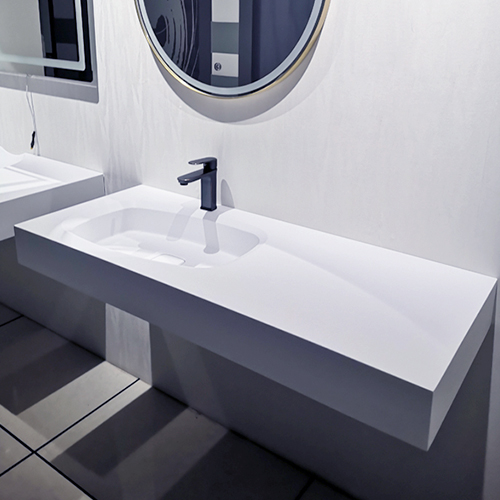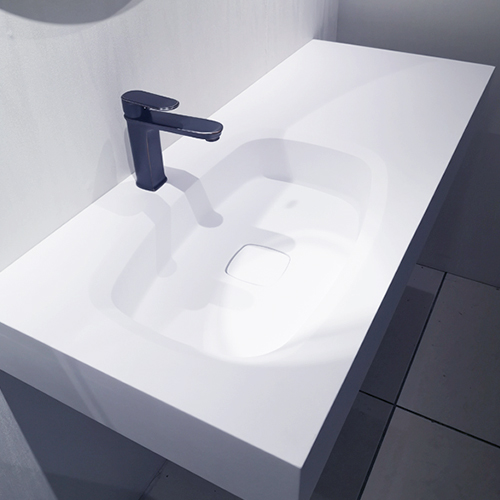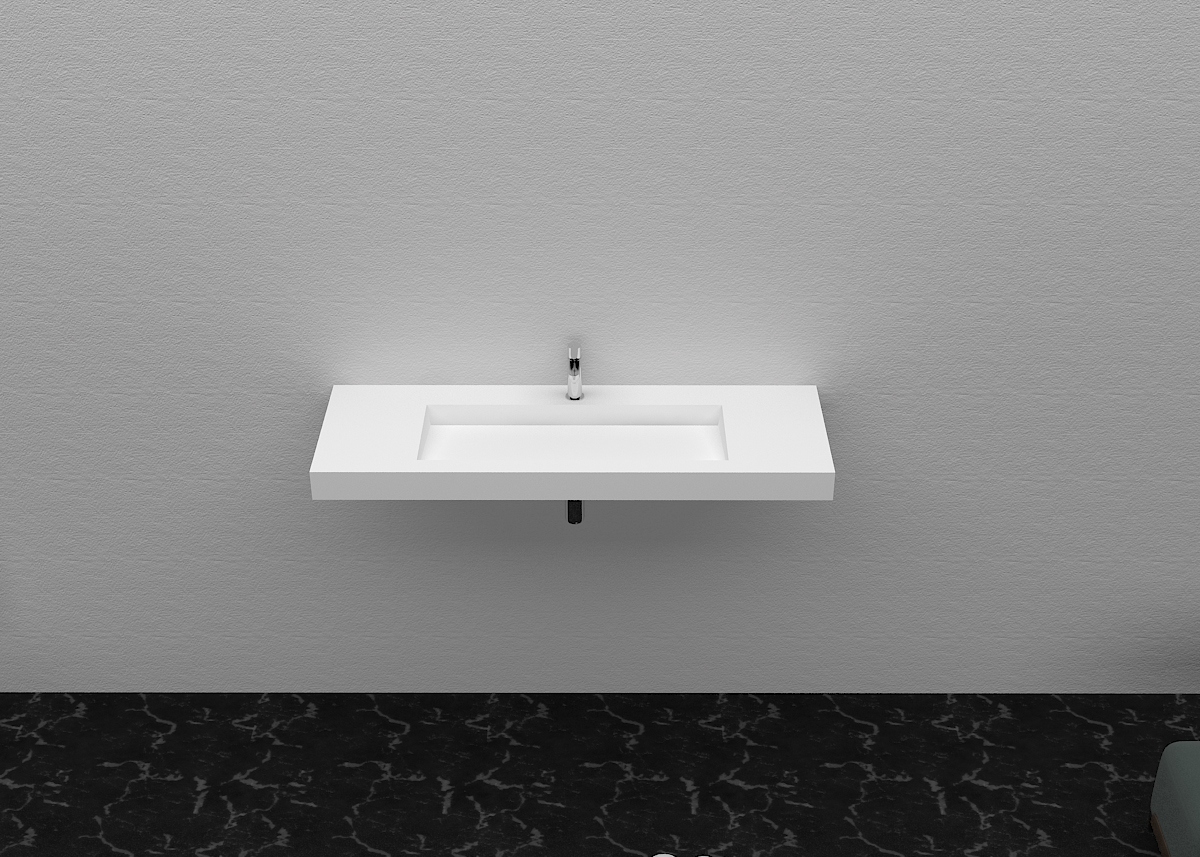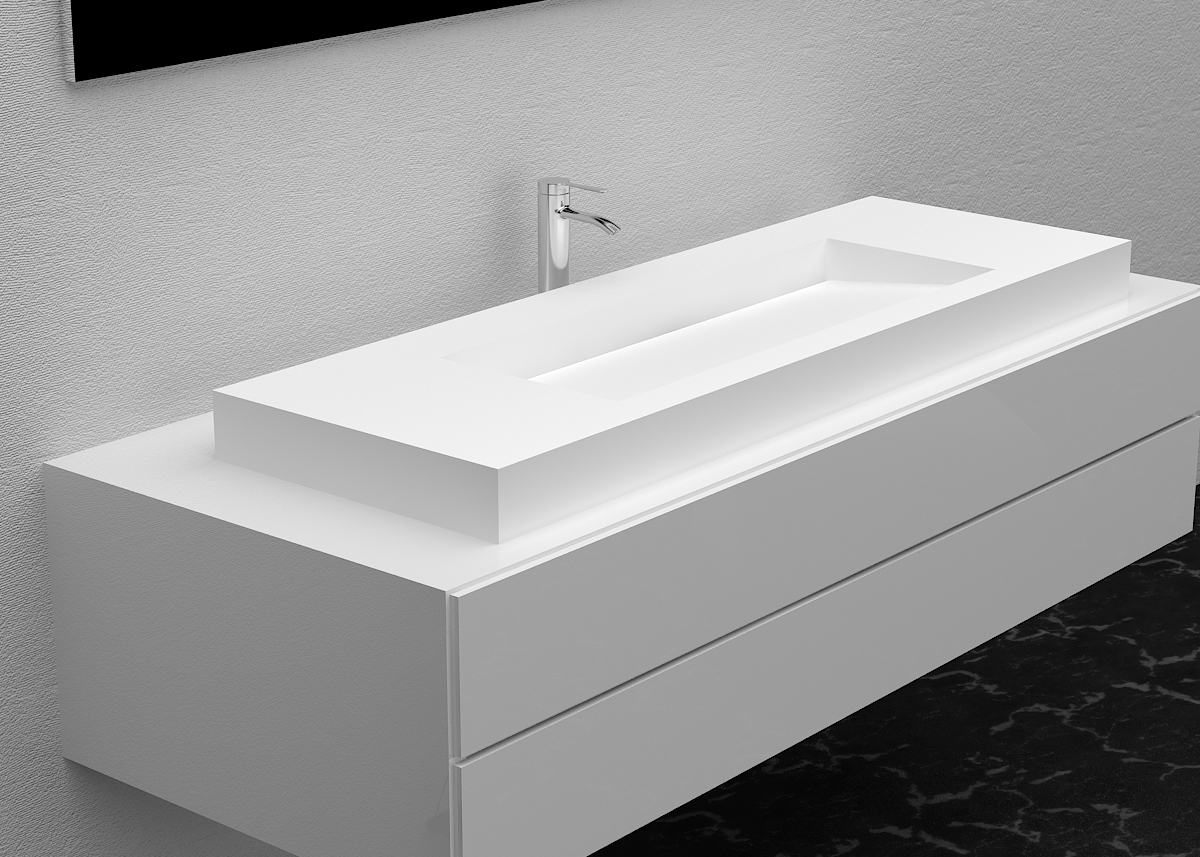
The 8k TV is supported by the latest technology, but few people know about it because of its low popularity and high price in the market. 8k TV refers to the high-definition TV with ultra-high resolution, which can bring excellent user experience to consumers. The excellent performance in visual and auditory aspects also makes its development scenario promising. Today for you to introduce the advantages and disadvantages of 8k TV information, and the difference between 4k TV.
The introduction of 8k TV
8K TV has 8K resolution, 8K ultra HD resolution (7680×4320) is 16 times larger than 1920×1080 resolution, will be 16 times sharper than the Blu-ray version.
Two, the advantages and disadvantages of 8K TV
Sharp’s 85-inch 8K resolution TV is excellent, and you can see everything from a Japanese ritual parade to a field of sunflowers as if they were alive in front of you. Even when you get very close, you can’t see any pixels on the panel.
In addition, the position with a horizontal viewing Angle of 100° is the best display environment for 360° panoramic display technology. Far more exciting than watching 2K, 4K resolution only 55 degrees horizontal viewing Angle.
However, 8K TV has a big problem in the source, there is no source TV and ordinary TV no difference. At the same time, the price is also a big problem, SONY, LG, etc. launched in 2012 4K TV size of 84 inches, the price is as high as hundreds of thousands, so if it is 8K TV, the price must be higher, in addition, such a large size of the product, you need a big house to fit it. As a result, some Japanese say that even if they can afford a television set, they cannot afford a house that can accommodate it. Other Japanese people say it is questionable whether the current TV system will survive in 2020, perhaps as people move to the Internet to watch video content.
Three, 8k TV and 4k difference
In terms of display effect, 4K resolution is the development trend, can achieve 3840×2160 pixel resolution, is more than 4 times the resolution of 2K projectors and high-definition TV. In fact, IMAX screens, which are now widely used in movie theaters, are one of those applications with 4K resolution.
In fact, 4K resolution is actually cooked up by many movie theater companies. It was first promoted by the Digital Cinema Initiative (DCI), a group of major film studios including Disney, Twentieth Century Fox, Metro-Goldwyn-Mayer, SONY Entertainment, Universal, Warner Bros. and others. Thanks to the promotion of many film companies, smooth is the resolution standard of the new generation of Hollywood blockbusters, with 4096×2160 resolution of the ultra-fine picture. Due to the special requirements of the film screen, there is little difference with the horizontal resolution of 4K TV.
In the field of television and video technology, mainstream technologies tend to dominate for only a few years before being replaced by new ones. When 4K technology became popular, JVC and NHK jointly introduced 8K resolution. The technology is even more dramatic, with a resolution of 7,680 pixels by 4,320 pixels, 16 times higher than current mainstream high-definition TVS and four times higher than 4K. If you watch a Blu-ray movie on an 8K TV, the picture takes up only 1/16 of the screen.
It seems that the difference between 8K and 4K TV is quite obvious, especially in resolution, there is a 4 times difference. In fact, both 8K and 4K belong to the next generation of TV video technology: SuperHi-Vision.
The price of 8k TV up to millions makes it difficult to come into the market despite its excellent performance, let alone enter the family life of ordinary people. However, with the further improvement of relevant technology, it is believed that 8k TV will become a necessary entertainment video and audio equipment for every household in the future. The above list of 8k TV introduction, difference evaluation is from the perspective of comprehensive system analysis, we know that 8k TV super HD resolution can almost meet the user’s on-site viewing needs, so the development prospect is promising.







